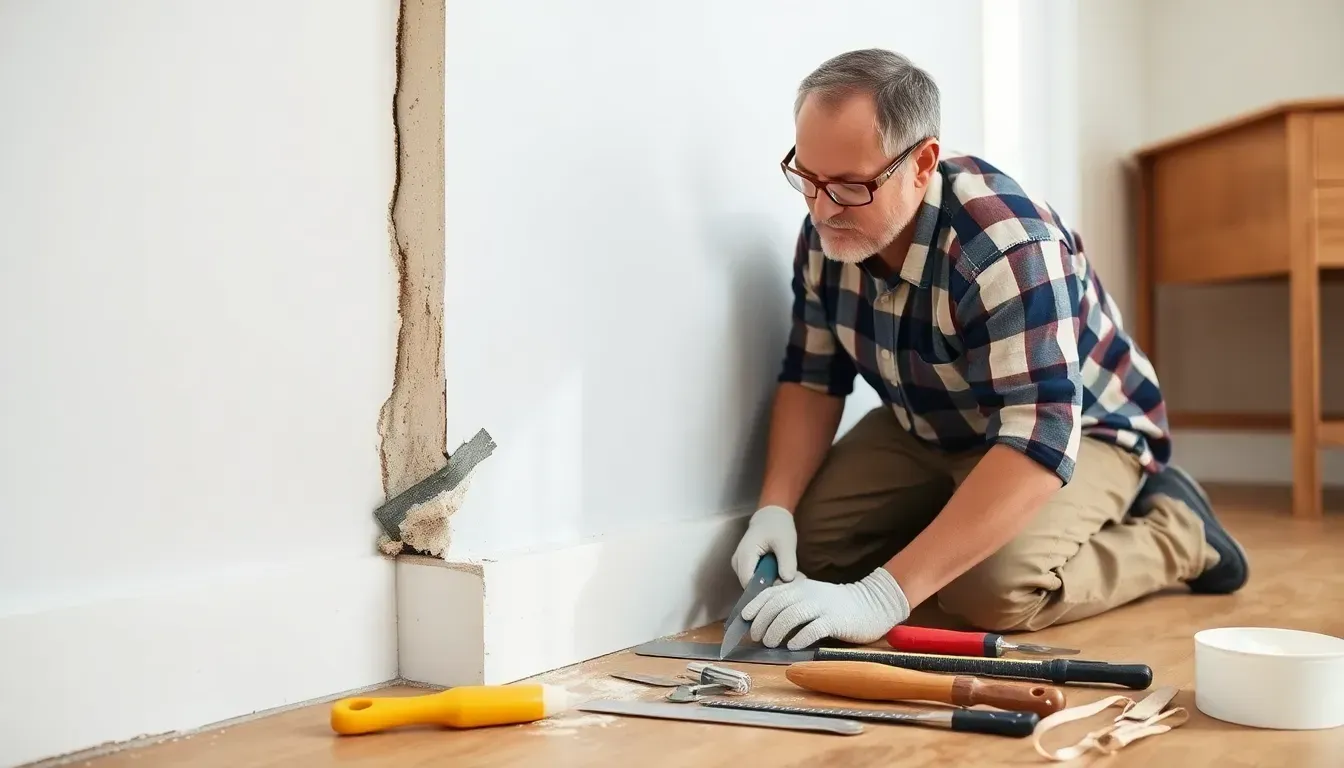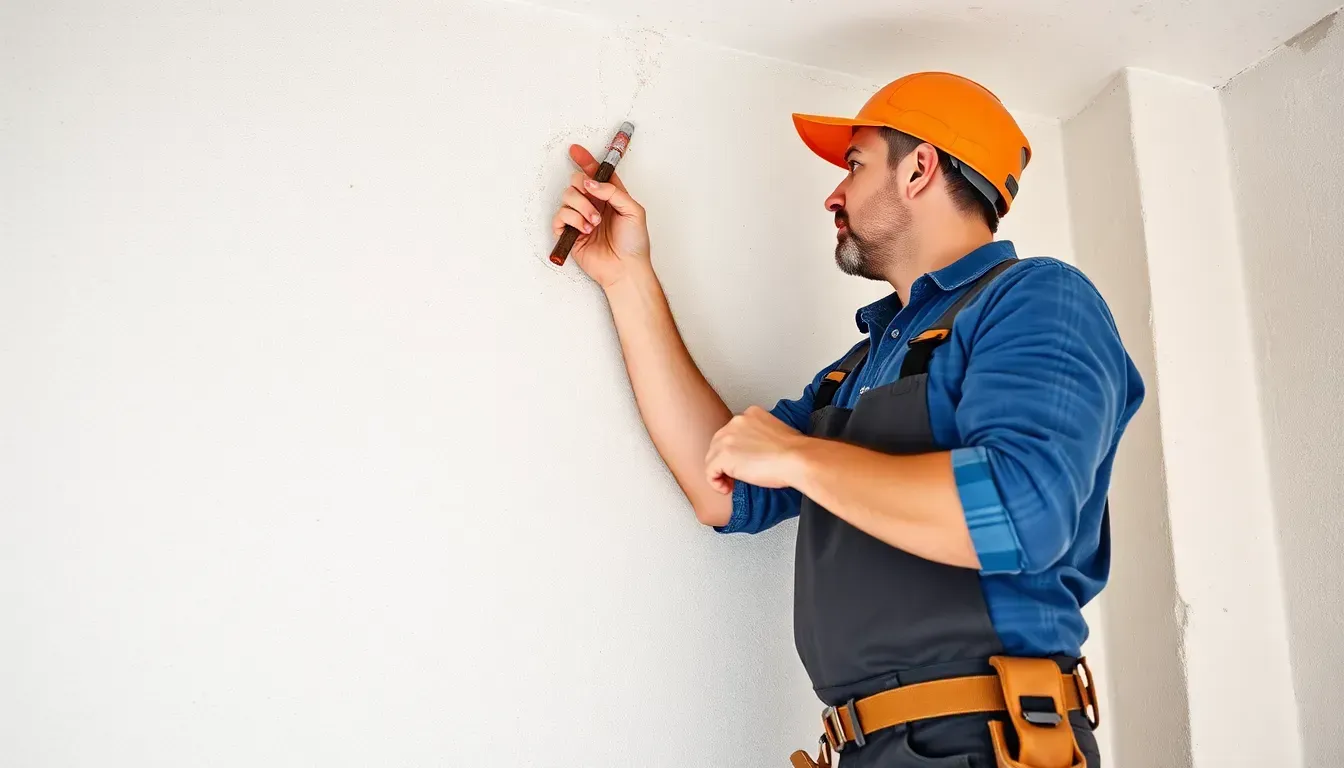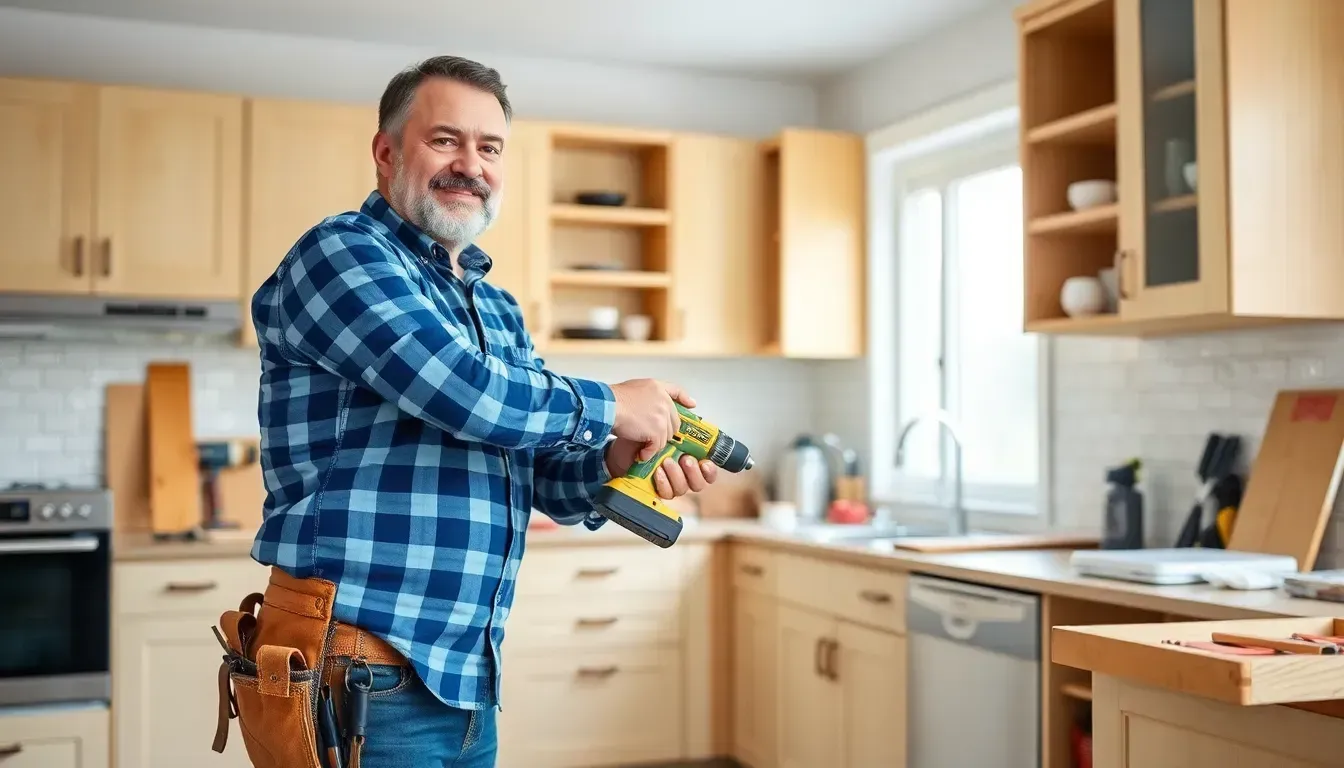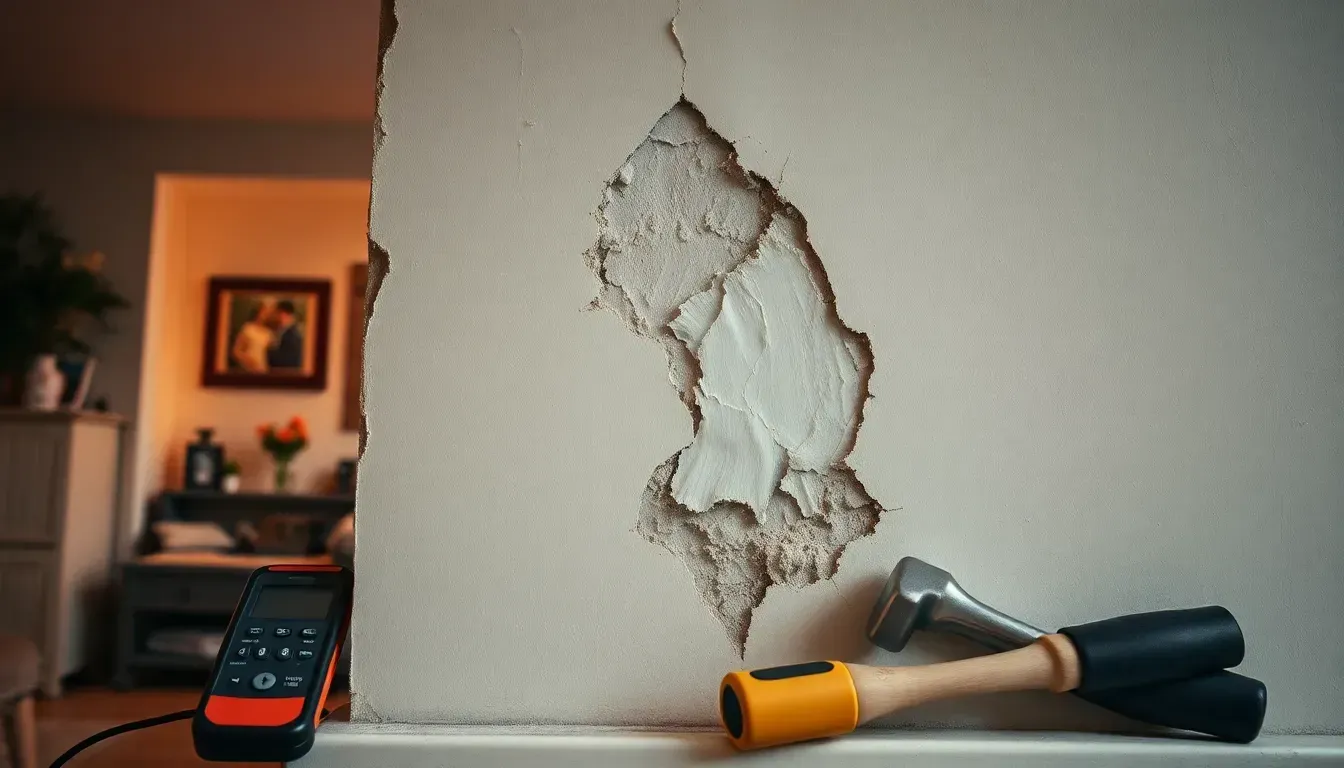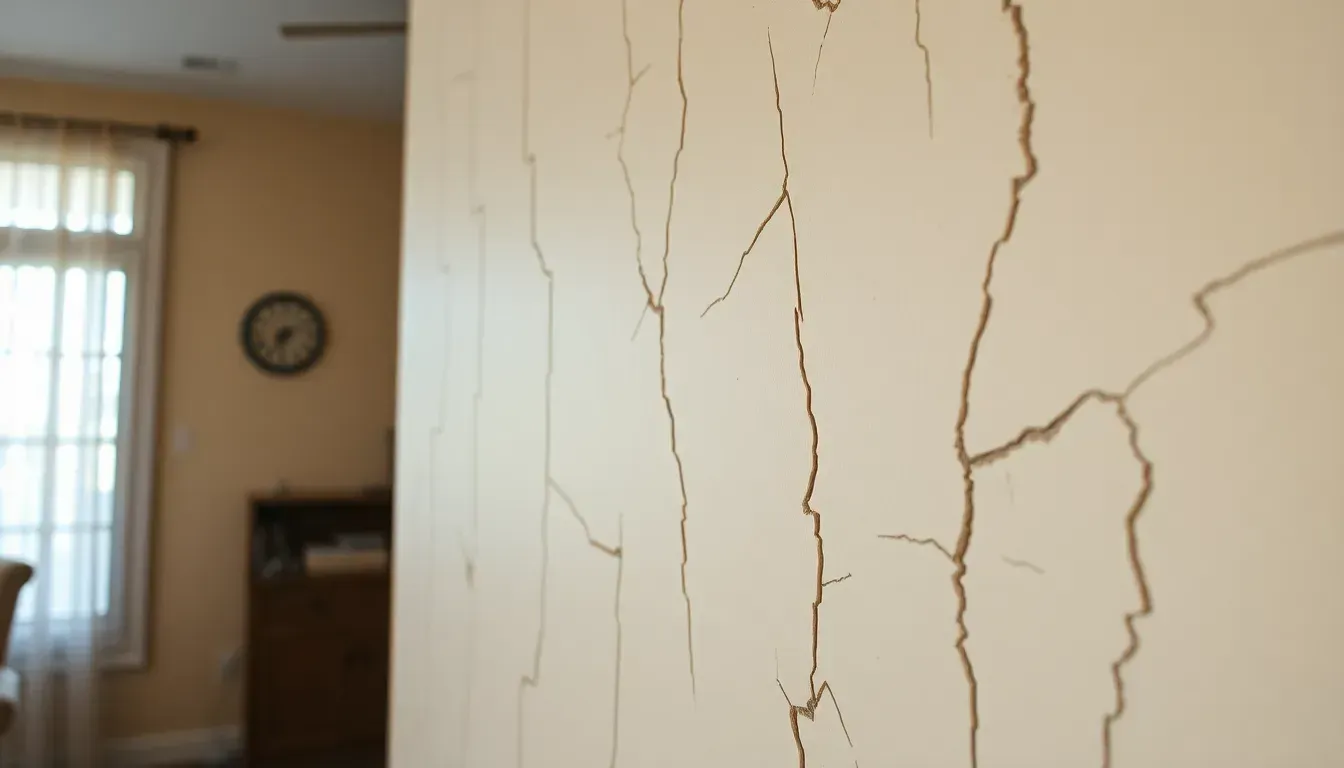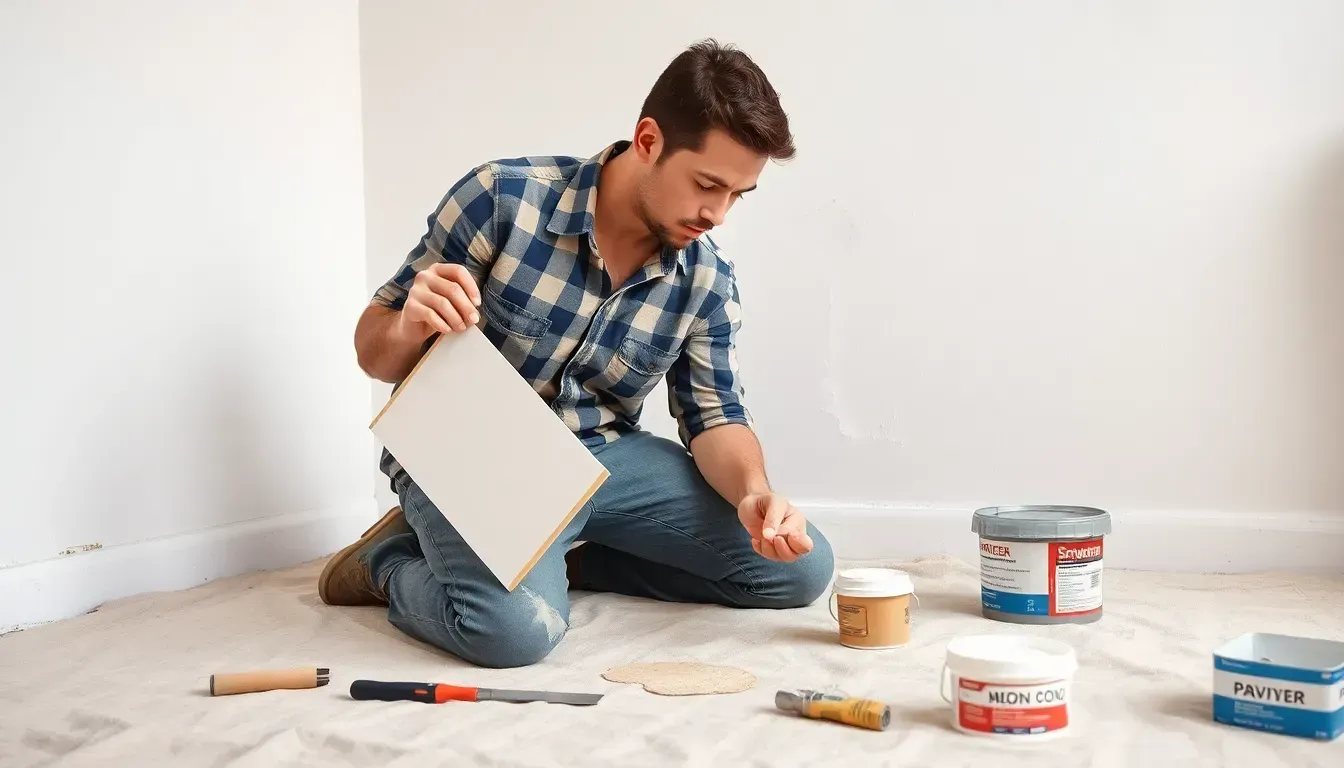Pre-listing Home Inspections Boost Property Appeal
- A pre-listing home inspection evaluates a property's condition before sale, identifying issues like structural defects, electrical, plumbing, HVAC, and roofing concerns.
- Benefits include increased market value, faster sales, and accurate pricing by proactively addressing repairs.
- Costs range from $300 to $500, depending on size/location.
- Key inspection components include foundation, electrical systems, roofing, and HVAC efficiency.
- Marketing strategies: highlight repairs, label home "pre-inspected," and disclose findings for transparent pricing.
- Choose a certified inspector with experience and good reviews to ensure effective evaluation and increased buyer confidence.
Thinking of selling your home? A pre-listing home inspection might just be the secret weapon you need to boost your property's appeal and maximize your return. By identifying potential issues early on, sellers can tackle problems head-on, presenting a home that's both safe and alluring to prospective buyers.
This proactive approach not only streamlines the selling process but also fosters buyer confidence and enables competitive pricing. Let's explore the world of pre-listing inspections and discover how they can transform your selling strategy into a winning one.
Understanding Pre-listing Home Inspections
A pre-listing home inspection is an evaluation sellers do before putting their property up for sale. This proactive step helps find possible problems that might affect the sale. By having a certified inspector check the property, sellers can learn about its condition. This ensures necessary repairs or disclosures are handled before buyers come into the picture.
- Structural defects
- Electrical issues
- Plumbing problems
- Roofing concerns
- HVAC inefficiencies
Knowing these issues before listing is crucial. This allows sellers to fix problems that could decrease the property's value or delay the sale. Resolving these concerns ahead of time helps enhance the property's appeal. It can also ease the selling process and boost buyer confidence.
The Benefits of Pre-listing Home Inspections

1. Pre-listing inspections aim to enhance a property’s value and appeal.
By spotting and fixing issues before listing, sellers can show a well-kept home that attracts potential buyers. This proactive method not only cuts future repair costs but also boosts the property's market standing.
2. A pre-listing inspection can lead to quicker sales and increased buyer confidence.
They streamline negotiations by avoiding last-minute surprises. When buyers understand the property's condition well, they're likely more confident in buying. This reduces the risk of deal-breaking contingencies or lengthy repair discussions.
3. Setting an accurate listing price is another big perk of pre-listing inspections.
By knowing the property's condition, sellers can set a realistic price that shows any repairs made or issues noted. This openness lends credibility to the seller’s price. It also positions the property more competitively, drawing serious buyers who are ready to meet the price.
The Process of Conducting a Pre-listing Inspection
The first step in a pre-listing inspection is hiring a certified home inspector. Certified inspectors can evaluate more than 1,600 property features. They find issues that might impact the property's value or desirability. This thorough assessment gives sellers a clear picture of the current property condition.
- Foundation and structural integrity
- Electrical and plumbing systems
- Roofing and exterior condition
- HVAC system efficiency
The inspection report is vital in this process as it lists the property’s condition, noting current issues and potential concerns. This report is crucial for sellers planning repairs or changes before listing.
Choosing the Right Inspector for Your Pre-listing Inspection

A certified and experienced inspector ensures a thorough property evaluation. They identify both obvious and hidden defects, giving sellers a complete condition overview. This is crucial for making repair-related decisions, affecting marketability and the selling process.
- Certification and experience
- Customer reviews and testimonials
- Scope of inspection services offered
How do these choices influence inspection effectiveness? Choosing based on these criteria maximizes benefits. Certification and experience improve issue identification. Customer reviews give insights into reliability. And the scope of services ensures a thorough property evaluation. Together, these factors boost inspection credibility, reassuring buyers and easing negotiations.
Ready to inspect your home? Consider My Accurate Home and Services to help you uncover the types of inspections you need as you get ready to prelist your home.
Final Words
Leveraging pre-listing home inspections empowers sellers to identify and mitigate potential issues before listing. These inspections offer numerous advantages, including enhanced property value, faster sales, and increased buyer trust. Understanding the process and associated costs enables confident decision-making for optimal results.
FAQ
What is the purpose of a pre-inspection?
The primary function of a pre-inspection is to evaluate a property's condition before listing it for sale. This allows sellers to identify potential issues such as structural defects, electrical issues, and plumbing problems.
What does pre-listing mean?
Pre-listing refers to the period before a property is officially listed for sale. It involves assessing and preparing the property to ensure it is market-ready, often including pre-listing inspections to uncover any possible issues.
What is the cost of a pre-listing home inspection?
Pre-listing home inspections typically cost between $300 to $500. Pricing depends on property size and location and provides homeowners with important insights into the property's condition.
What is included in a pre-listing home inspection checklist?
A pre-listing home inspection checklist usually includes evaluating structural defects, electrical systems, plumbing problems, roofing conditions, and HVAC inefficiencies. This comprehensive evaluation helps uncover potential issues.
How do pre-inspection and inspection differ for home buyers?
Pre-inspections are conducted by sellers to identify issues before listing, while
inspections for home buyers occur after making an offer to ensure no new problems have arisen since the pre-inspection.
